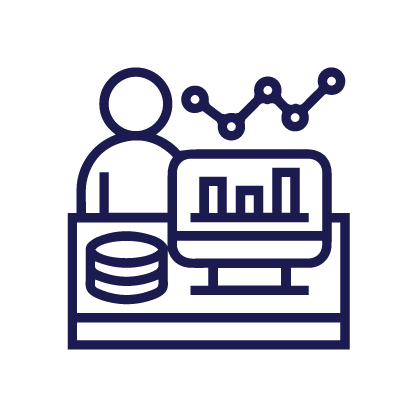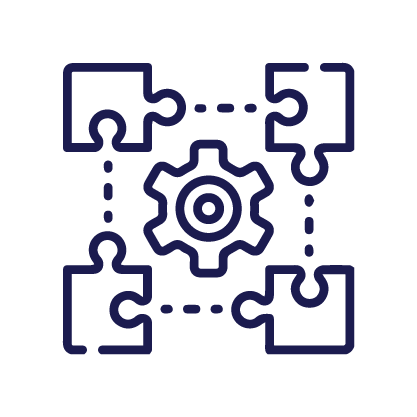Cloud Transformation

What is Cloud Transformation
For organizations looking to optimize Infrastructure costs or build an environment that fosters innovation, Cloud is the go-to mantra.
Cloud offers organizations greater agility to experiment & innovate, enables disruption of archaic methods & conventional thinking and provides access to a marketplace of the latest technologies & services to choose from.
We help organizations in laying out a roadmap for phased Lift-&-Shift migration, Application Refactoring, and Rebuild or Repurpose of on-premise data-centric systems & applications on the cloud.
Benefits of Cloud Transformation
- Business Agility: Minimizes infrastructure procurement lead times significantly
- Drives Innovation: Opens doors to latest and best-of-breed software & platforms to build innovative solutions
- Cost Optimisation: Flexible pricing option such as on-demand and spot-pricing, so that customers pay only for when they use

Why Datalogy?

Digital Transformation

Expert Skillsets

Industry Domain Expertise

Timely & Quality Delivery

Solution Accelerators
Blogs

Data-Driven Superlative Customer Experience
Consumers are increasingly seeking seamless digital experiences, particularly given that many of our daily needs can be addressed with a single click. As a result, many individuals have become accustomed to using digital, from purchasing goods online to making payments using banking apps. However, when it comes to buying insurance,

Top 9 Ways AI Is Transforming the Retail Industry
With large-scale digitalisation, it’s safe to say that AI is becoming an indispensable part of our everyday life. A prominent example of the same could be, recommendations. If you are into buying e-books on Amazon, you’ll notice you get suggestions based on your recent purchases or you might’ve noticed how

6 Steps that are Key to Data Preparation in Machine Learning
Typically, raw data cannot be used directly in predictive modelling projects like classification or regression. For algorithms to function, data must be in numbers, and statistical noise and errors must be corrected, while some algorithms impose requirements on data. Raw data, clearly, is prohibited by all means. As a result,
